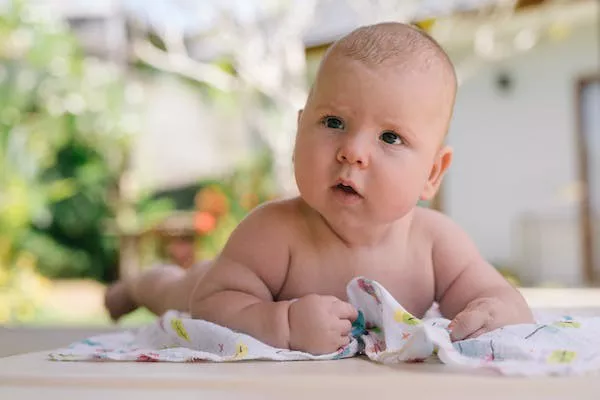Welcoming a newborn into your family is an exciting and joyous experience. As you prepare for their arrival, one important aspect to consider is how many clothes your little one will need. While it’s tempting to buy adorable outfits, it’s essential to strike a balance between practicality and style. In this article, we will provide a comprehensive guide on how many clothes you need for a newborn, taking into account various factors.
Factors to Consider
- Frequency of Laundry:
Newborns tend to go through multiple outfit changes in a day due to diaper leaks, spit-ups, and other messes. If you prefer doing laundry more frequently, you may require fewer clothes. However, if you prefer doing laundry less often, it’s advisable to have a larger wardrobe.
- Climate:
The climate of your location plays a vital role in determining the types and quantities of clothes your newborn will need. For warmer climates, lightweight and breathable clothing is recommended. Conversely, colder climates necessitate warmer clothing layers.
Essential Clothing Items
- Bodysuits:
These are the foundation of your newborn’s wardrobe. Aim for around 6-8 bodysuits, which are comfortable, one-piece garments with snap closures. Opt for short-sleeved or long-sleeved bodysuits based on the climate.
- Sleepsuits:
Newborns spend a significant portion of their time sleeping, so having 4-6 sleepsuits or footed pajamas is essential. Look for those with easy snap or zipper closures for hassle-free diaper changes during the night.
- Swaddles and Sleepsacks:
Swaddling helps newborns feel secure and promotes better sleep. Invest in 2-4 swaddles or sleepsacks, depending on your preference. Choose lightweight options for warmer climates and warmer ones for colder regions.
- Hats, Socks, and Mittens:
Newborns have delicate heads, hands, and feet, so it’s crucial to keep them warm. Have 2-3 hats, 4-6 pairs of socks, and a few pairs of mittens to protect your baby from the elements.
- Jackets or Cardigans:
Depending on the weather, have 1-2 jackets or cardigans for layering purposes. These are particularly useful when going outdoors or in air-conditioned environments.
Optional Clothing Items
- Dresses, Rompers, and Outfits:
While not essential, having a few cute outfits for special occasions or outings can be enjoyable. Aim for 2-3 dresses, rompers, or coordinated outfits to add variety to your baby’s wardrobe.
- Pants, Leggings, and Shorts:
If you prefer dressing your newborn in separates, consider 3-4 pairs of pants, leggings, or shorts. These can be mixed and matched with bodysuits and tops.
- Seasonal Clothing:
As your baby grows, you may need to update their wardrobe with seasonal clothing. Have a few appropriate outfits for each season to ensure your little one is comfortable year-round.
Tips for Building a Newborn’s Wardrobe
- Buy in Different Sizes:
Babies grow rapidly, so consider purchasing clothes in different sizes. Focus on newborn and 0-3 months sizes initially, but also have a few items in larger sizes to accommodate growth spurts.
- Opt for Easy Care Fabrics:
Look for clothes made from soft, breathable, and easy-to-wash fabrics such as cotton. Avoid complicated fastenings or delicate materials that may require special care.
- Accept Hand-Me-Downs and Gifts:
Friends and family members may offer hand-me-downs or gifts for your newborn. Accepting these can help expand your baby’s wardrobe without additional expense.
Conclusion
When it comes to how many clothes your newborn needs, finding the right balance is key. Aim for a practical wardrobe that meets your baby’s basic needs while keeping them comfortable and stylish. By considering factors like laundry frequency, climate, and the essential and optional clothing items mentioned in this guide, you can build a well-rounded wardrobe that caters to your newborn’s needs. Remember, each baby is unique, so adjust the quantities based on your personal preferences and circumstances.


